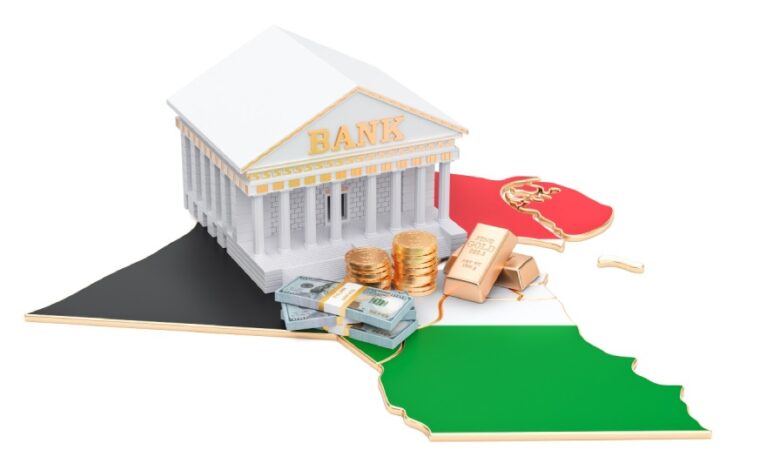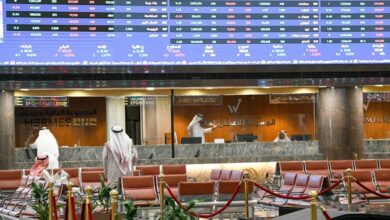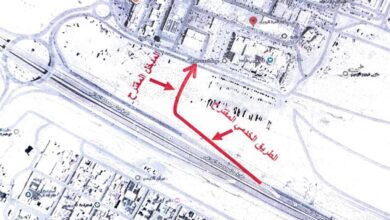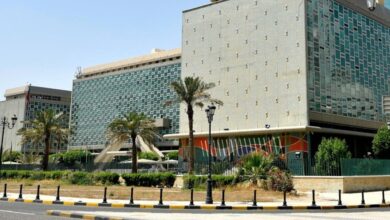
-
Credit facilities for the business sector have surged this year, fueled by the state’s KD 2.3 billion capital expenditure approval for 2024/2025, boosting local projects and economic optimism.
-
The real estate sector received the largest share of credit, accounting for 30.23% of the total KD 800 million, with KD 241.6 million in the first five months of this year.
-
The real estate sector leads with 33.4% of the total facilities, worth KD 9.8 billion out of KD 29.5 billion provided. The trade sector is second with 11.83%, amounting to KD 3.49 billion, and the other services sector is third with 11.5%, totaling KD 3.39 billion.
The Kuwaiti business sector has gained momentum this year, with local banks providing approximately KD 800 million dinars in credit facilities during the first five months. This increased the total balance of facilities to KD 29.5 billion by the end of May, up from KD 28.9 billion at the end of December 2023, according to Al Anba newspaper.
The net increase of KD 603.7 million is partly due to the repayment of KD 195.7 million by four out of twelve economic sectors. The net volume of credit facilities granted to the sector rose by 603.7 million dinars in the first five months of this year.
Data from the Central Bank of Kuwait shows that credit facilities for the business sector have gained momentum this year, aimed at financing operational activities amid a positive outlook for the sector. This optimism is bolstered by the state’s approval of KD 2.3 billion in capital expenditure for the 2024/2025 fiscal year, which is expected to stimulate the local economy and boost local projects. Local banks, with their high liquidity rates, are proving their ability to finance major development projects.
Credit facilities were concentrated in eight economic sectors. The real estate sector received the largest share, accounting for 30.23% of the total KD 800 million, with KD 241.6 million.
Non-bank financial institutions followed with 26.6% of the total, amounting to KD 212.9 million. The construction sector received 23.37%, or KD 186.8 million, while the trade sector accounted for 12.35%, or KD 98.7 million. Individuals purchasing securities received 5.6%, or KD 44.9 million.
The data also highlights the sectors with the largest balances of credit facilities. The real estate sector leads with 33.4% of the total facilities, worth KD 9.8 billion out of KD 29.5 billion provided. The trade sector is second with 11.83%, amounting to KD 3.49 billion, and the other services sector is third with 11.5%, totaling KD 3.39 billion.
The construction sector ranked fourth, accounting for 8.7% of the total credit facilities for the business sector, worth KD 2.57 billion. It was followed by the industrial sector in fifth place, with 7.6%, amounting to KD 2.25 billion. Companies and institutions purchasing securities were sixth, with 7.4% of the financing, totaling KD 2.19 billion.
The oil and gas sector came in seventh, representing 6.28% of total business sector financing, with credit facilities amounting to KD 1.8 billion. Non-banking financial institutions were eighth, with 4.8% of the financing, worth KD 1.4 billion.
Individuals purchasing securities were ninth, with 4.16% of the financing, totaling KD 1.23 billion. Bank loans were tenth, with 3.6% of the financing, amounting to KD 1.08 billion.
The public services sector ranked eleventh, accounting for 0.38% of total facilities, with a balance of KD 114.6 million. The agriculture and fishing sector was twelfth, with 0.1% of facilities, totaling KD 29.8 million.
Additionally, the cash portion of credit facilities granted to the business sector constitutes about 60.9% of the total credit facilities provided to residents.















